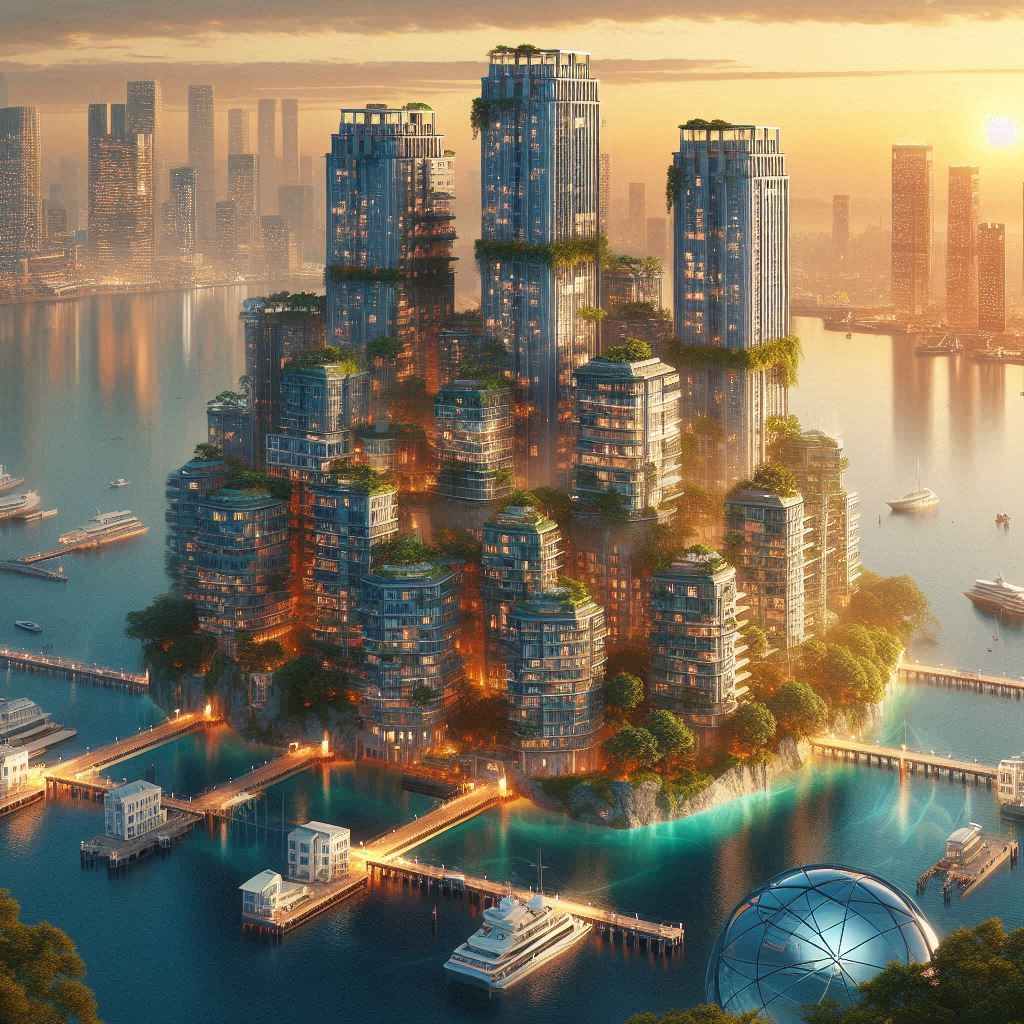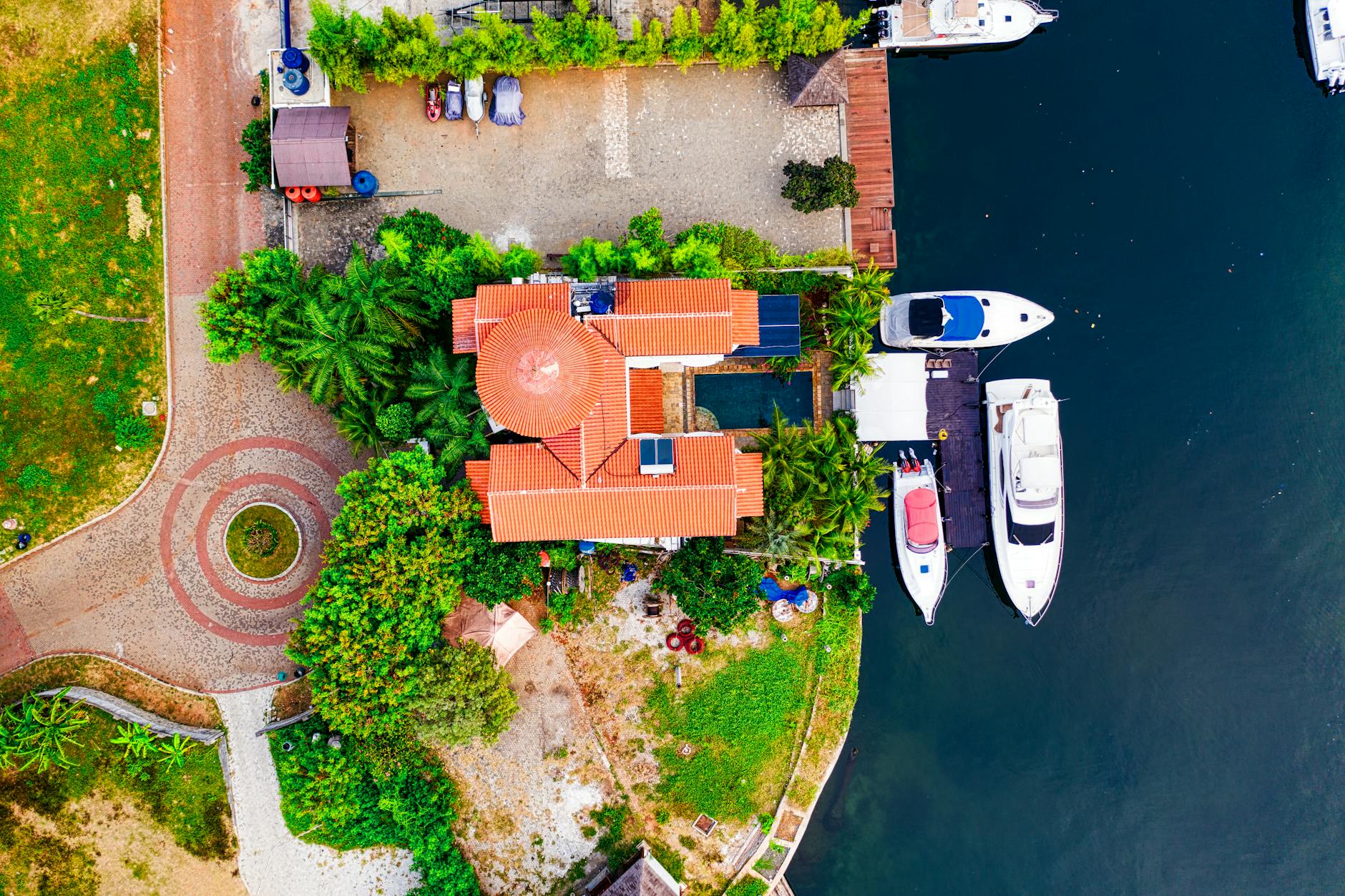“A view of the ocean from your window”—this is an extraordinarily luxurious feature in any major urban center around the world.
In cities like Hong Kong and Singapore, waterfront properties are exceedingly rare and routinely priced in the multi-million dollar range. Furthermore, foreign buyers often face steep stamp duties and ownership taxes, making such homes virtually unattainable.
Against this backdrop, Tokyo’s bayside area continues to offer a surprising combination of cost-effective value and investment potential. Ocean-view properties here still exist—offering a rare opportunity that blends lifestyle and capital appreciation.
This article explores why such “Tokyo Bayfront Investments” are nearly impossible in your country and highlights the key districts you should be targeting.
■ Tokyo’s Bayside Area: A Centerpiece of Urban Redevelopment
The Tokyo Bayside area encompasses districts such as Kachidoki, Harumi, Toyosu, Ariake, and Tsukishima. Since the early 2000s, it has undergone rapid redevelopment, with numerous high-rise residential towers reshaping the skyline. Today, it is recognized as a “new cityscape adjacent to the urban core.”
Spurred by the 2020 Tokyo Olympics, major infrastructure upgrades were completed—dramatically enhancing transportation access, commercial amenities, and educational facilities. Despite these improvements, prices remain 20–30% lower compared to similarly equipped districts in central Tokyo, such as Minato and Shibuya wards.
In essence, this is a “mature yet expanding urban hub”—a district where comprehensive lifestyle infrastructure is already in place, yet significant room for capital appreciation remains.

■ The Everyday Elegance of Seaside Living
Consider the luxury towers lining the waterfront in Toyosu and Ariake. From the upper floors, residents are treated to sweeping views of Tokyo Bay, the Rainbow Bridge, and—on clear days—the majestic silhouette of Mount Fuji.
The fact that such panoramic views can be enjoyed in properties ranging from ¥50 million to just over ¥100 million is simply unimaginable to investors from Singapore or Hong Kong. Waterfront residences have the unique ability to integrate the extraordinary into daily life—making them a highly sought-after choice for both owner-occupation and rentals.
Among expatriates and affluent families in particular, the bayside area has earned a reputation as a preferred residential destination—thanks to its rare combination of breathtaking views, tranquility, and exceptional safety.
■ Strong Rental Demand and Secure Exit Strategy
One of the most compelling advantages of Tokyo’s bayside properties is their dual-market appeal—in demand both for leasing and resale.
- Long-Term Expat Leases: Corporate Tenancies Ensure Stability Even at Premium Rents
- Second-home appeal among affluent Japanese buyers: Sought after as tranquil retreats with ocean views
- Robust future resale potential: Tokyo Bay is emerging as a focal point of global urban development
Importantly, many towers in the bayside area are relatively new and highly rated for seismic resilience and modern amenities, enhancing their resilience as long-term assets. With a well-supported exit strategy extending into the future, these properties represent an exceptionally low-risk investment opportunity.

■ The “Second Wave” of Capital Appreciation Is on the Horizon
In 2023, the launch of residential sales at Harumi Flag reignited demand for Tokyo’s bayside real estate.
Since then, redevelopment plans across Chuo and Koto wards have accelerated, with a notable shift from commercial to residential.
From 2025 onward, the planned expansion of the BRT (Bus Rapid Transit) network and the introduction of new direct-access transport links to central Tokyo are poised to significantly enhance the overall connectivity of the bayside area. These developments strongly suggest the emergence of a second wave of long-term capital appreciation.
■ What’s Unattainable in Your Country Is Entirely Real in Japan
Consider how far ¥100 million can take you:
- In Hong Kong, it affords a mere 30 sqm high-rise unit.
- In Singapore, an aging condominium on the suburban fringe.
- In Bangkok, even in prime areas, an ocean view is simply out of reach.
In contrast, Tokyo’s bayside offers a truly rare proposition: a harmonious lifestyle canvas where the sea, sky, and cityscape converge.
Moreover, the process—from acquisition and registration to ongoing management—is remarkably streamlined for foreign buyers. This makes Tokyo Bay not only an ideal vehicle for portfolio diversification, but also a tangible lifestyle asset—an investment that pays off in both value and experience. It is, in every sense, a “two-birds-with-one-stone” opportunity.
■ Summary—Seaside Living as a Capital Asset
A bayside residence is far more than a home with a view. It is an architectural embrace of where the city meets the sea—an everyday aesthetic that enhances life while growing in value.
This is a lifestyle unattainable in many parts of the world. But in Tokyo, it is not only possible—it’s purchasable.
Turning your eyes to Japan’s bayside today could be the move that reshapes your personal asset map a decade from now.




